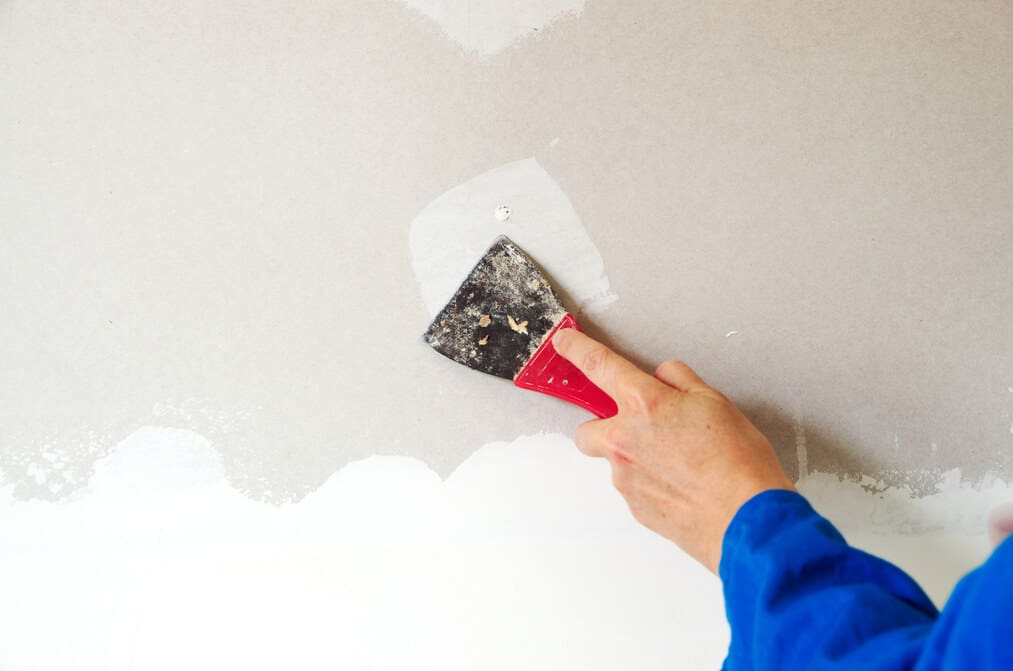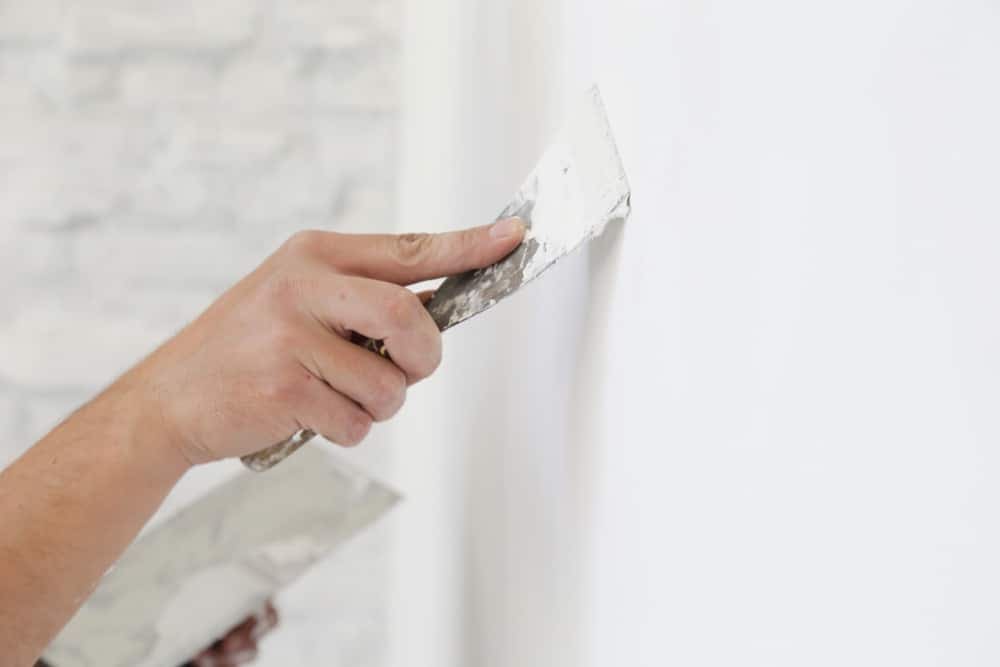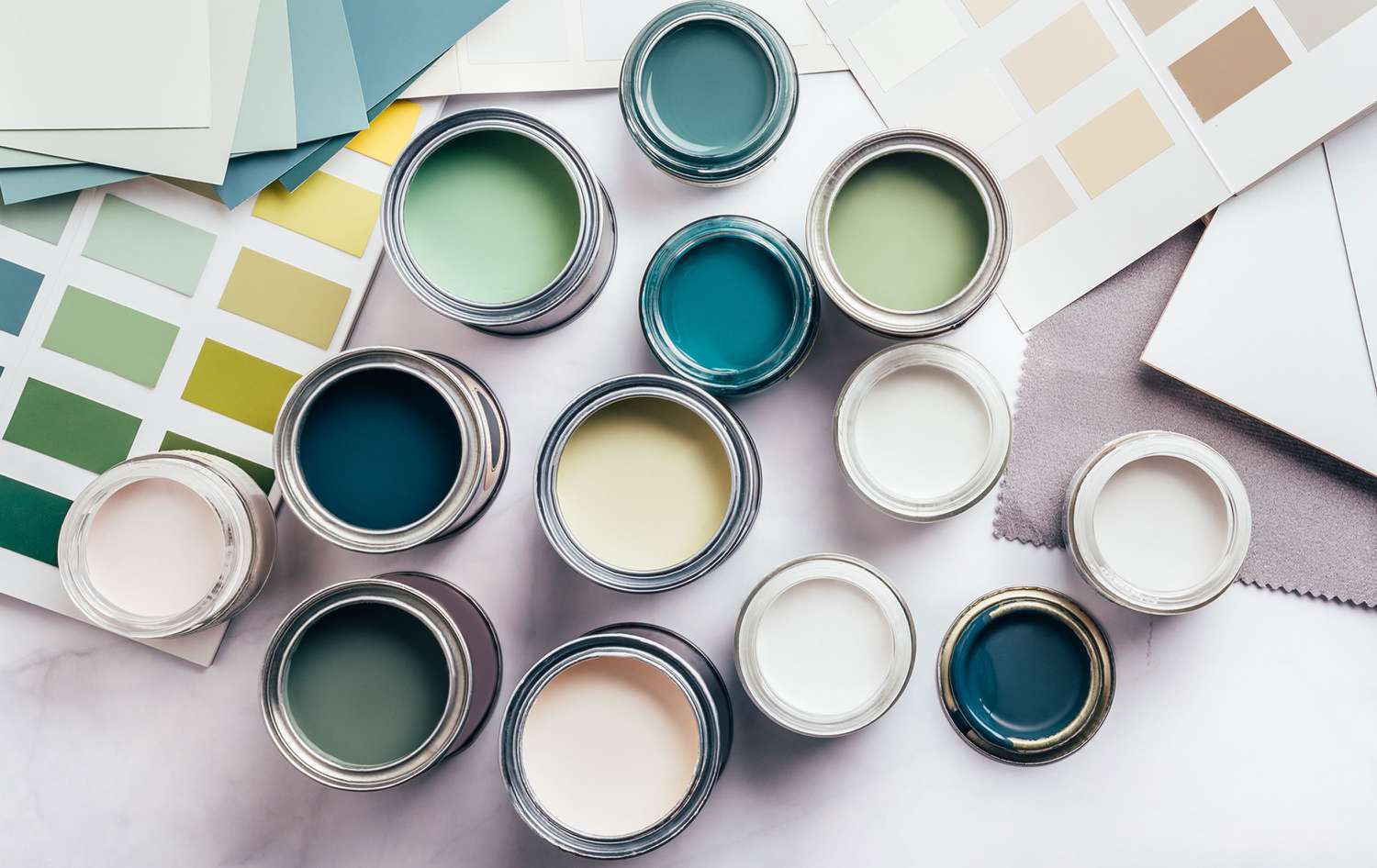
Do You Need Primer Before Painting Interior Walls?
Walk down the paint aisle of any home improvement store and you’re bound to see rows of paint cans promising smooth coverage, rich color, and all-in-one performance. But if you’re preparing to have your interior walls professionally painted, one question often lingers: do I need primer before painting walls, or is it just an optional step?
The answer depends on more than just the color you’re using or the brand of paint you buy. Primer plays a crucial role in how well the final coat of paint adheres, how long it lasts, and how good it looks in your home. And while it may seem like an area where you could cut corners. Skipping primer, especially without expert input, can lead to costly mistakes that show up after the job is done.
In this post, we’ll walk through what primer actually does, when it’s non-negotiable, and how professionals determine whether it’s needed for your specific surfaces.
What Primer Actually Does (And Why It Matters)
Primer isn’t just a generic “base coat,” it’s a critical part of the painting process. It sets the stage for durability, color accuracy, and a smooth, professional finish. While many homeowners may wonder if they need primer before painting walls, a professional painter knows that skipping it can compromise everything that follows.
Primer serves several important functions depending on the condition and type of surface being painted. Here’s what makes it essential:
- Improves paint adhesion: Primer helps the topcoat bond more effectively, especially on porous or slick surfaces like new drywall or glossy finishes. Without it, paint can peel or flake prematurely.
- Seals the surface: Bare materials like drywall or plaster tend to absorb paint unevenly. Primer creates a consistent, sealed surface that allows the topcoat to go on evenly.
- Enhances true color payoff: If you’re applying a lighter color over a dark wall, or a bold color over a neutral one, primer helps prevent color bleed-through and supports more accurate color results.
- Blocks stains and odors: Specialty primers are designed to cover up water stains, smoke damage, and other stubborn discolorations that regular paint can’t hide on its own.
Professional painters assess the unique needs of each wall. Not all primers are the same, and applying the wrong product can cause just as many issues as skipping it entirely. That’s why professional expertise is key when deciding how and where to use primer effectively.
When You Might Skip Primer (But Only With Professional Judgment)
While primer is often essential, there are a few scenarios where it may not be required. But skipping it should never be based on guesswork. This is where professional painters use their experience to evaluate surface conditions, paint chemistry, and environmental factors.
Homeowners often ask if primer is mandatory before painting walls if I’m using paint-and-primer-in-one? The answer depends on more than the label on the can. It comes down to surface readiness and how demanding the job actually is.
Situations where a professional might choose to skip primer include:
- Repainting a previously painted wall in good condition: If the existing surface is clean, dry, dull (not glossy), and the new color is similar, primer may not be necessary.
- Using a high-quality paint with built-in primer: Some premium products have better adhesion properties and work well in low-risk applications. But only when applied correctly and on the right type of surface.
- Spot-priming only: Instead of priming the entire wall, pros may selectively prime patched areas or stains before applying full coats.
The key is knowing when these conditions truly apply. A professional doesn’t rely on generic advice. They assess lighting, surface texture, existing finishes, and product compatibility to avoid paint failure. What might look like a “perfect wall” to a homeowner could have hidden problems that only show up after the new paint is dry.
How Professionals Decide What Primer to Use
Primer isn’t one-size-fits-all. Just like paint, it comes in multiple formulations, each suited to different surfaces, stains, and conditions. While homeowners may walk into a store and grab whatever’s on the shelf, professionals consider a range of factors before selecting the right product.
This step is often overlooked, yet it plays a major role in whether your paint adheres well, covers completely, and holds up over time.
Here are a few ways expert painters choose the right primer:
- Surface material: Drywall, wood, metal, and previously painted surfaces all require different primer types to create the proper bond.
- Stain or odor blocking: Water stains, smoke, grease, or even pet odors can bleed through paint unless a stain-blocking primer is used.
- Room conditions: Kitchens, bathrooms, and basements may need mold- or moisture-resistant primers, especially if humidity is a concern.
- Final paint color and finish: Some primers are tinted to support color transition, while others are designed to reduce sheen irregularities.
Pros also account for factors like temperature, ventilation, and even drying time when choosing products. These decisions are rarely made by reading the label alone. They’re made based on years of experience and a deep understanding of how paint systems behave under real-world conditions.
A Successful Paint Job Starts with the Right Foundation
Primer isn’t just an extra step; it’s a strategic tool that sets the stage for everything that follows. If you’re still wondering whether or not primer is important before painting walls, the answer is short. It depends. But more often than not, the answer is yes. Especially if you’re aiming for a high-quality finish that lasts.
From new drywall to color transitions and stain-blocking, primer does far more than people realize. And while some surfaces may allow you to skip it, making that call requires professional judgment. Something that only comes from experience. The difference between a paint job that looks good for six months and one that holds up for years often comes down to what’s under the surface.
If you’re thinking about repainting your interior walls, don’t just focus on the final color. Consider how the entire process, prep, primer, paint, and finish, works together. Let a trusted professional guide the way. They know how to spot what others miss, and that’s what keeps your walls looking their best over time.






